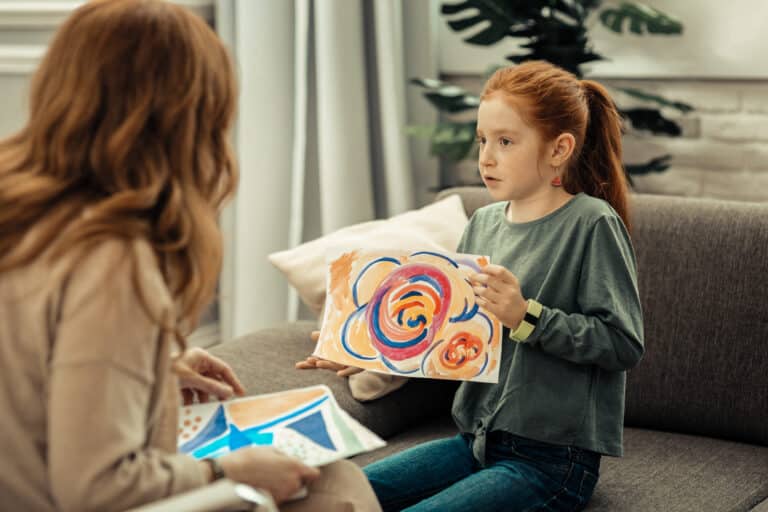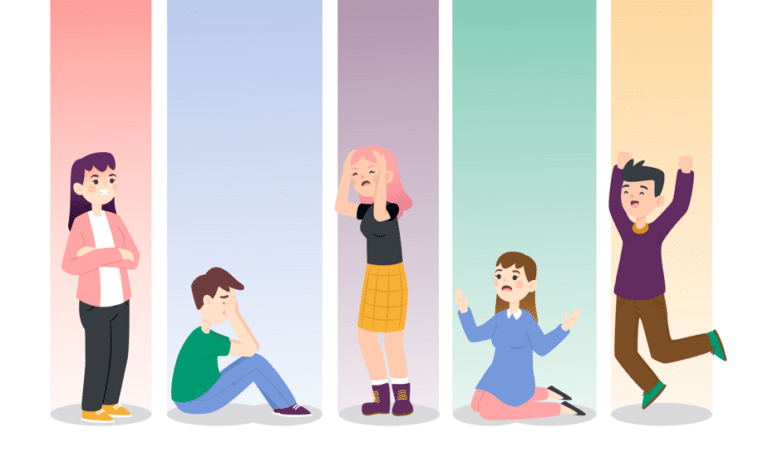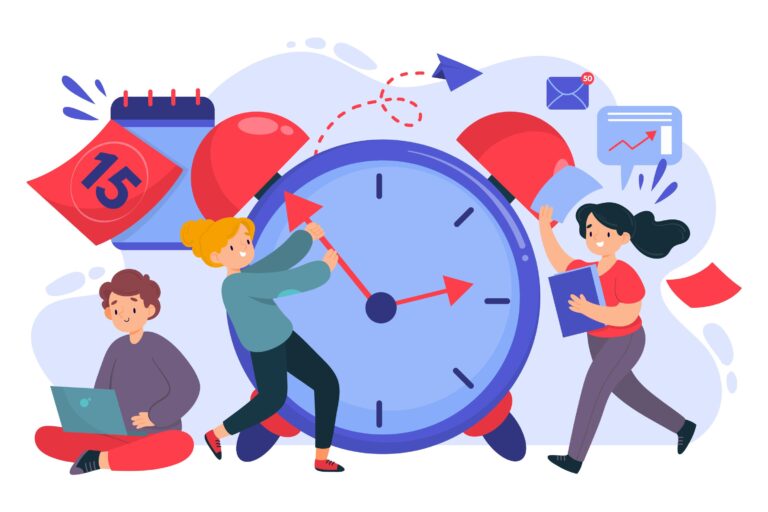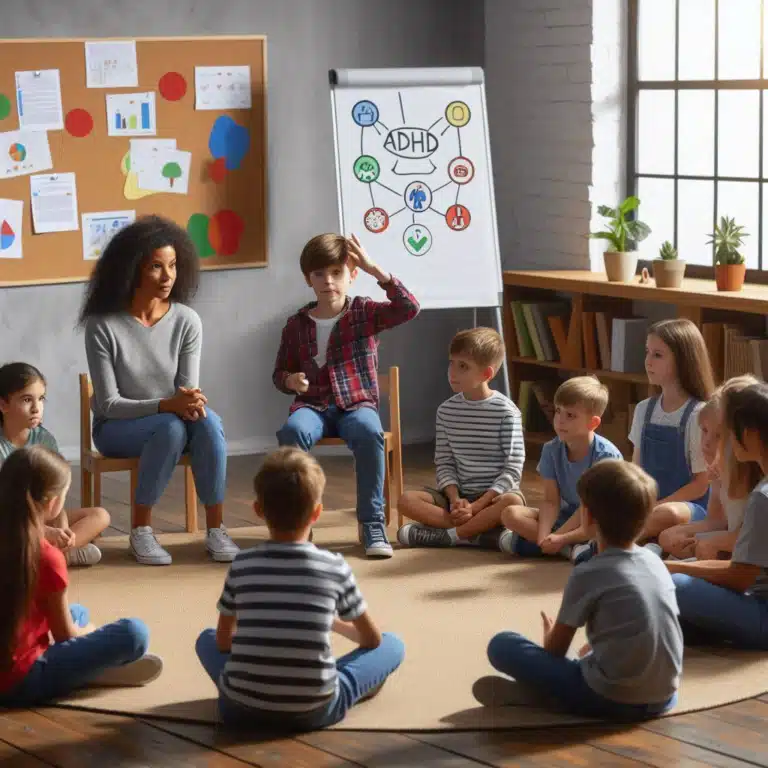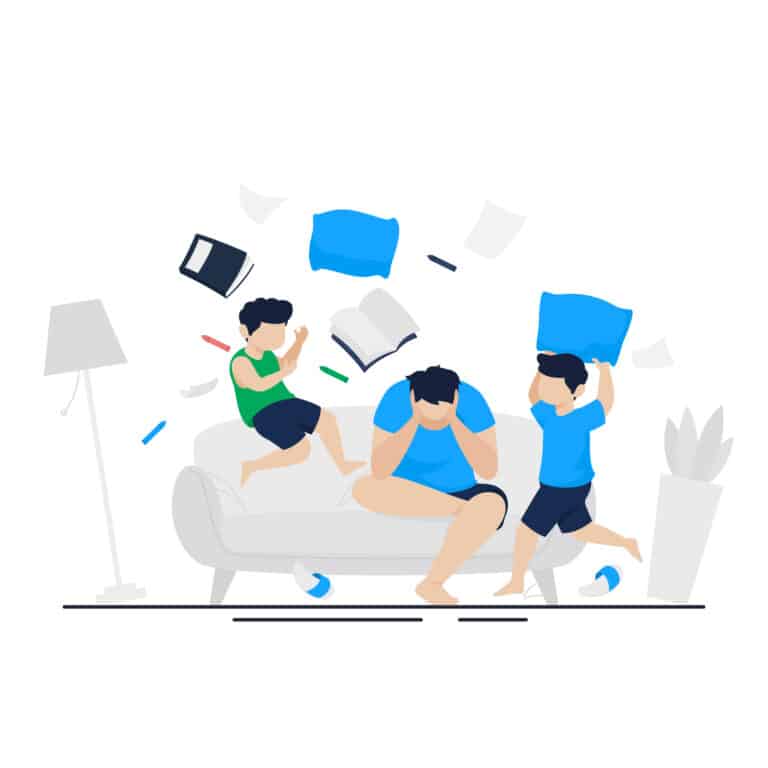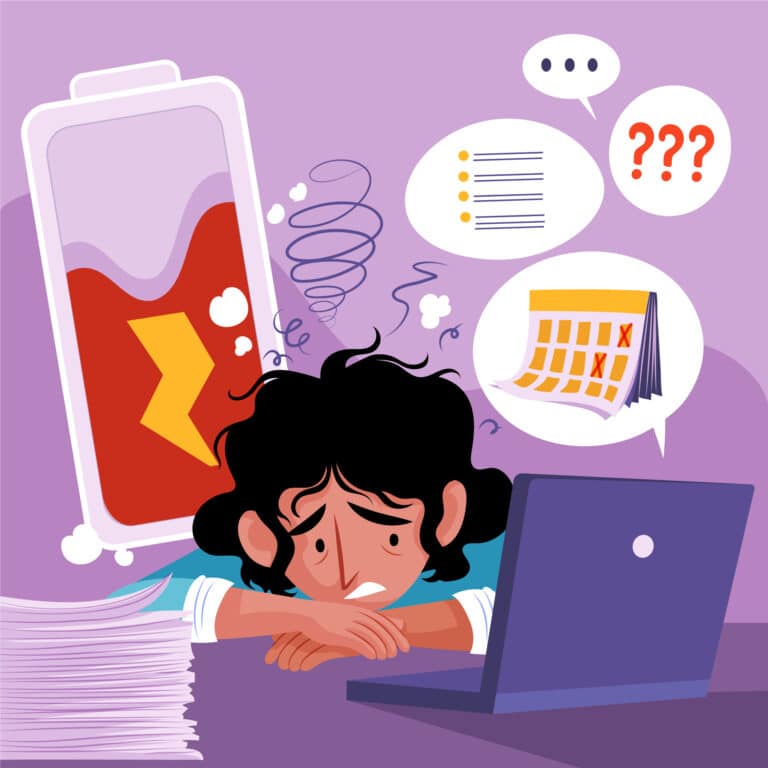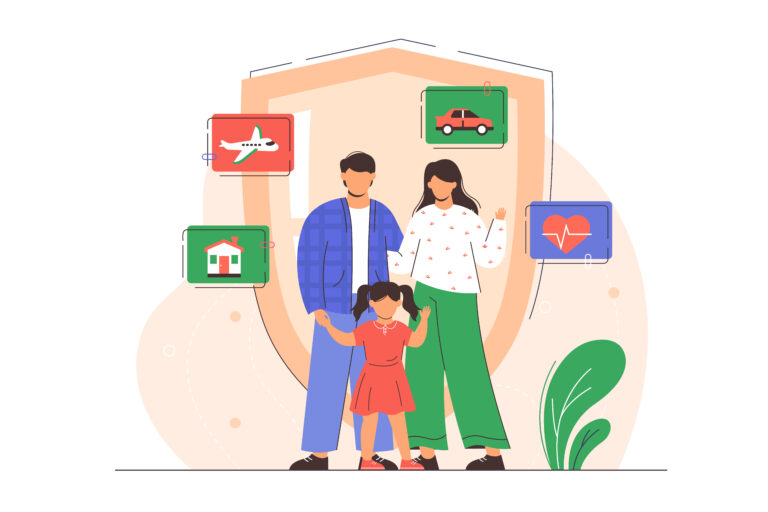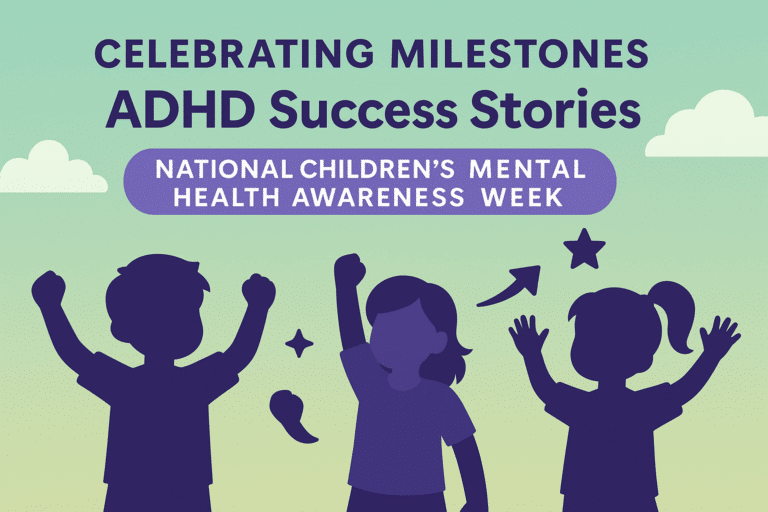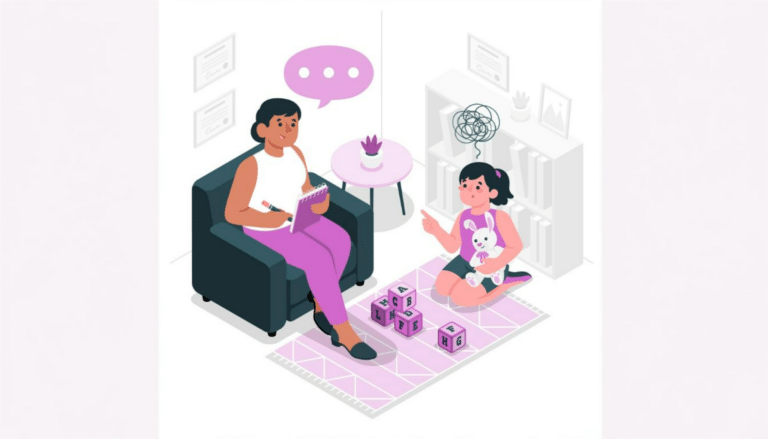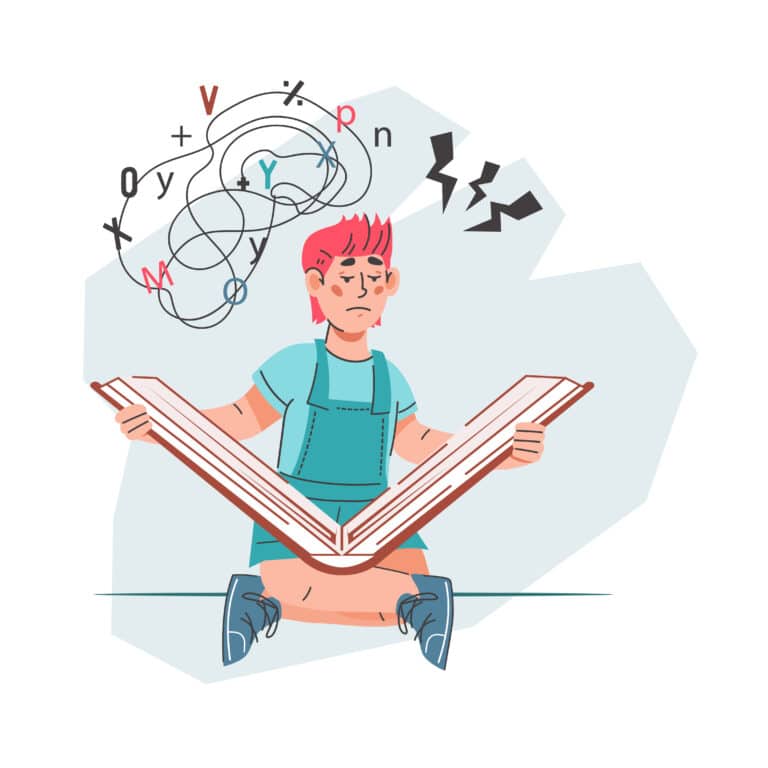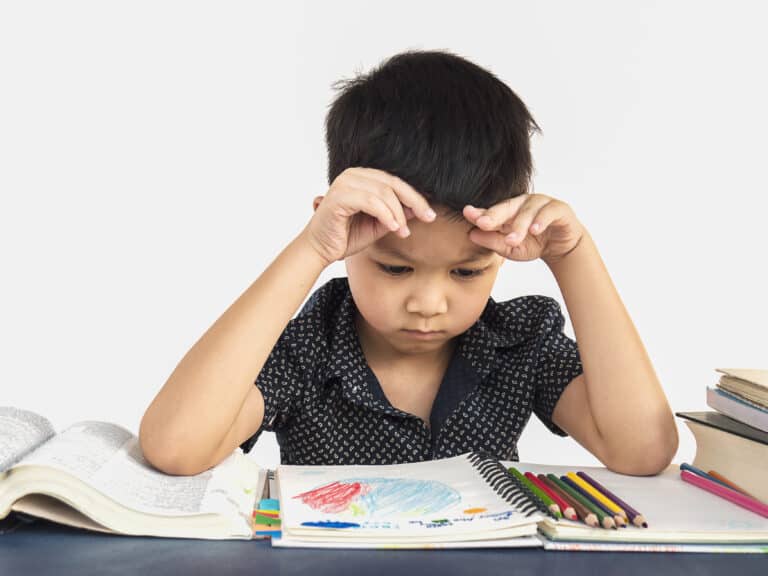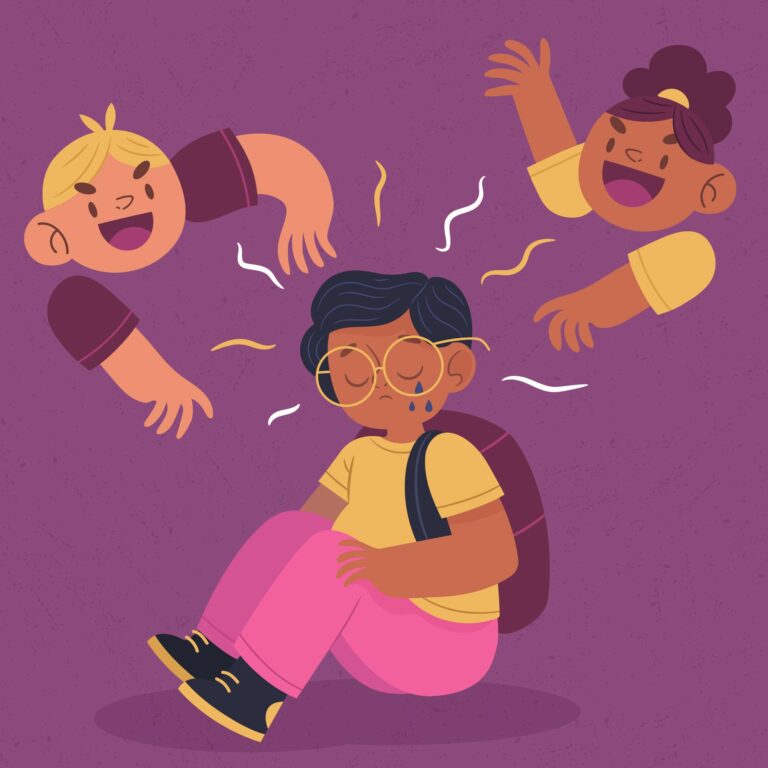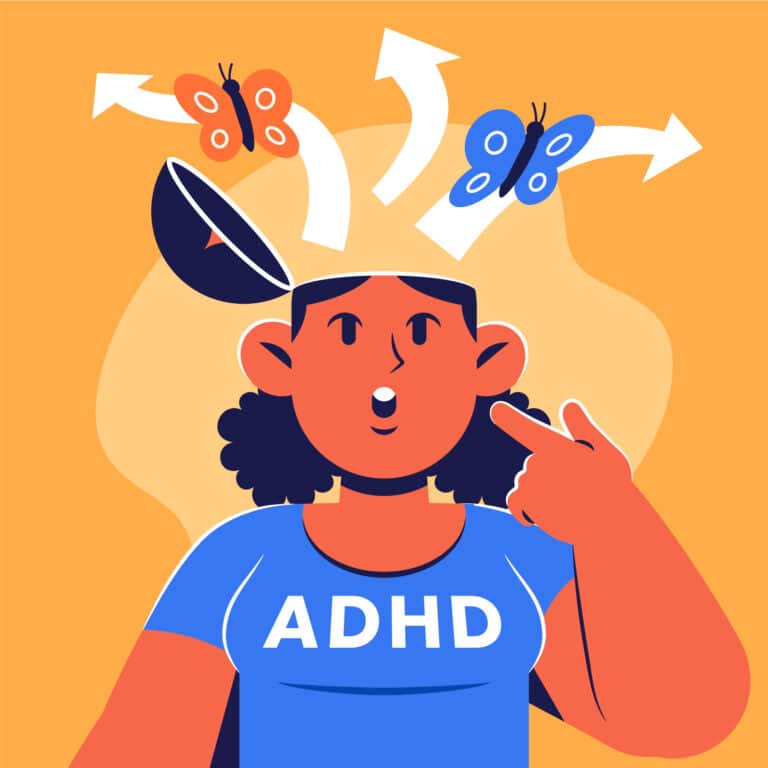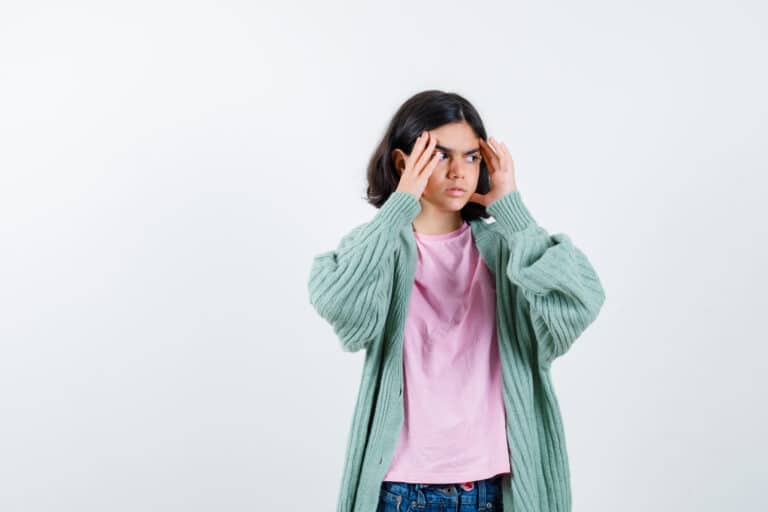How ADHD and Sleep Problems Are Linked
Many people with ADHD struggle with sleep problems, impacting both their mental and physical well-being. Research has shown that sleep disorders in patients with ADHD are common, with symptoms such as insomnia, sleep disturbances, and delayed sleep phase syndrome affecting daily life. Understanding the connection between ADHD and sleep problems is key to managing both conditions effectively.
The Connection Between ADHD and Sleep Disorders
Sleep Problems Associated with ADHD
Individuals with ADHD frequently experience sleep disturbances that can exacerbate their symptoms. Some of the most common sleep disorders in people with ADHD include:
- Insomnia: People with ADHD often struggle with falling or staying asleep due to hyperactivity and racing thoughts. ADHD can cause insomnia, leading to chronic sleep deprivation.
- Delayed Sleep Phase Syndrome: ADHD patients frequently experience a delayed circadian rhythm, causing them to fall asleep much later than usual and struggle to wake up in the morning.
- Sleep-Disordered Breathing: Conditions such as obstructive sleep apnea and other sleep-disordered breathing issues are more prevalent in individuals with ADHD, further affecting sleep quality.
- Restless Legs Syndrome (RLS): RLS, common in ADHD patients, can cause discomfort and an uncontrollable urge to move the legs, disturbing sleep.
The Effect of Sleep Problems on ADHD Symptoms
Sleep deprivation can worsen ADHD symptoms such as impulsivity, inattention, and hyperactivity. Studies show that poor sleep can mimic ADHD symptoms, making it harder to differentiate between a sleep disorder and ADHD itself. Additionally, people with ADHD may have difficulties following a consistent sleep schedule, worsening their condition over time.
How ADHD Medication Affects Sleep
ADHD medication plays a crucial role in managing symptoms, but it can also affect sleep quality. Stimulant medication, commonly used to treat ADHD, may lead to difficulty falling asleep, while some non-stimulant options can cause drowsiness or irregular sleep patterns. Adjusting ADHD medication timing or dosage, under medical supervision, can help reduce its negative effects on sleep.
Sleep Problems in Adults with ADHD
While sleep issues are prevalent among children with attention deficit hyperactivity disorder, they also persist into adulthood. Adults with ADHD may struggle with chronic sleep deprivation, insomnia, or irregular sleep patterns, affecting work performance and daily responsibilities. Addressing sleep hygiene, lifestyle changes, and medication adjustments can help improve sleep and overall well-being.
Strategies to Improve Sleep in People with ADHD
1. Establish a Healthy Sleep Routine
Maintaining a consistent bedtime and wake-up time helps regulate the body’s internal clock. Individuals with ADHD should avoid napping too long during the day and develop bedtime habits that signal their body to wind down.
2. Create a Comfortable Sleep Environment
Minimizing noise, keeping the room dark, and using white noise machines can help reduce sleep disturbances. Reducing screen time at least an hour before bed can also improve sleep quality.
3. Monitor Stimulant Medication Timing
If stimulant medication is causing insomnia, adjusting the timing or dosage may help. Consulting a doctor to evaluate whether a different ADHD medication or a lower dose would be more beneficial for sleep is advisable.
4. Address Sleep Disorders in People with ADHD
For individuals with sleep apnea or restless legs syndrome, seeking medical intervention is important. Treatment in children with ADHD who experience sleep problems can significantly improve their symptoms and quality of life.
5. Encourage Relaxation Techniques
Mindfulness, deep breathing exercises, and light stretching before bed can help calm the mind and body, making it easier to fall asleep.
How Pathformers Can Help
At Pathformers, we understand that ADHD and sleep problems are interconnected. That’s why we offer specialized courses to help families manage ADHD symptoms while improving sleep hygiene.
Managing Sleep Challenges in ADHD Course
- Learn about ADHD’s effect on sleep and how to recognize sleep disorders in people with ADHD.
- Get practical strategies to improve sleep in children and adolescents with ADHD.
- Understand how to adjust medication timing and lifestyle habits to improve sleep quality.
Focusing on ADHD Course
- Gain insights into ADHD symptom management and its relationship with sleep problems.
- Explore techniques to establish routines and sleep-friendly environments.
- Receive expert guidance on behavioral interventions and sleep hygiene for children and adults with ADHD.
By enrolling in Pathformers’ courses, parents and caregivers can equip themselves with tools to help children with attention deficit hyperactivity disorder develop better sleep habits, ultimately improving focus, mood, and daily functioning.
Frequently Asked Questions
Can ADHD cause sleep problems?
Yes. ADHD is strongly associated with sleep problems such as insomnia, delayed sleep phase syndrome, and other sleep disturbances that affect both children and adults.
How can sleep disorders impact ADHD symptoms?
Sleep deprivation can worsen ADHD symptoms such as impulsivity, inattention, and emotional regulation. Addressing sleep issues can improve daily functioning and symptom management.
What are the best ways to improve sleep for people with ADHD?
Creating a structured bedtime routine, adjusting medication timing, practicing relaxation techniques, and improving sleep hygiene can significantly improve sleep for individuals with ADHD.
How can Pathformers’ courses help with ADHD and sleep problems?
Pathformers offers evidence-based courses that provide practical solutions for managing ADHD symptoms and addressing sleep problems in children and adults with ADHD. Our courses equip parents and caregivers with strategies to improve sleep hygiene, establish routines, and manage ADHD effectively.
Take the Next Step
Supporting a child with ADHD requires a comprehensive approach that includes sleep management. At Pathformers, we provide expert-led courses designed to help families understand the connection between ADHD and sleep disorders while offering practical solutions for better sleep. Take control of ADHD and improve sleep quality today by exploring our courses and resources.






